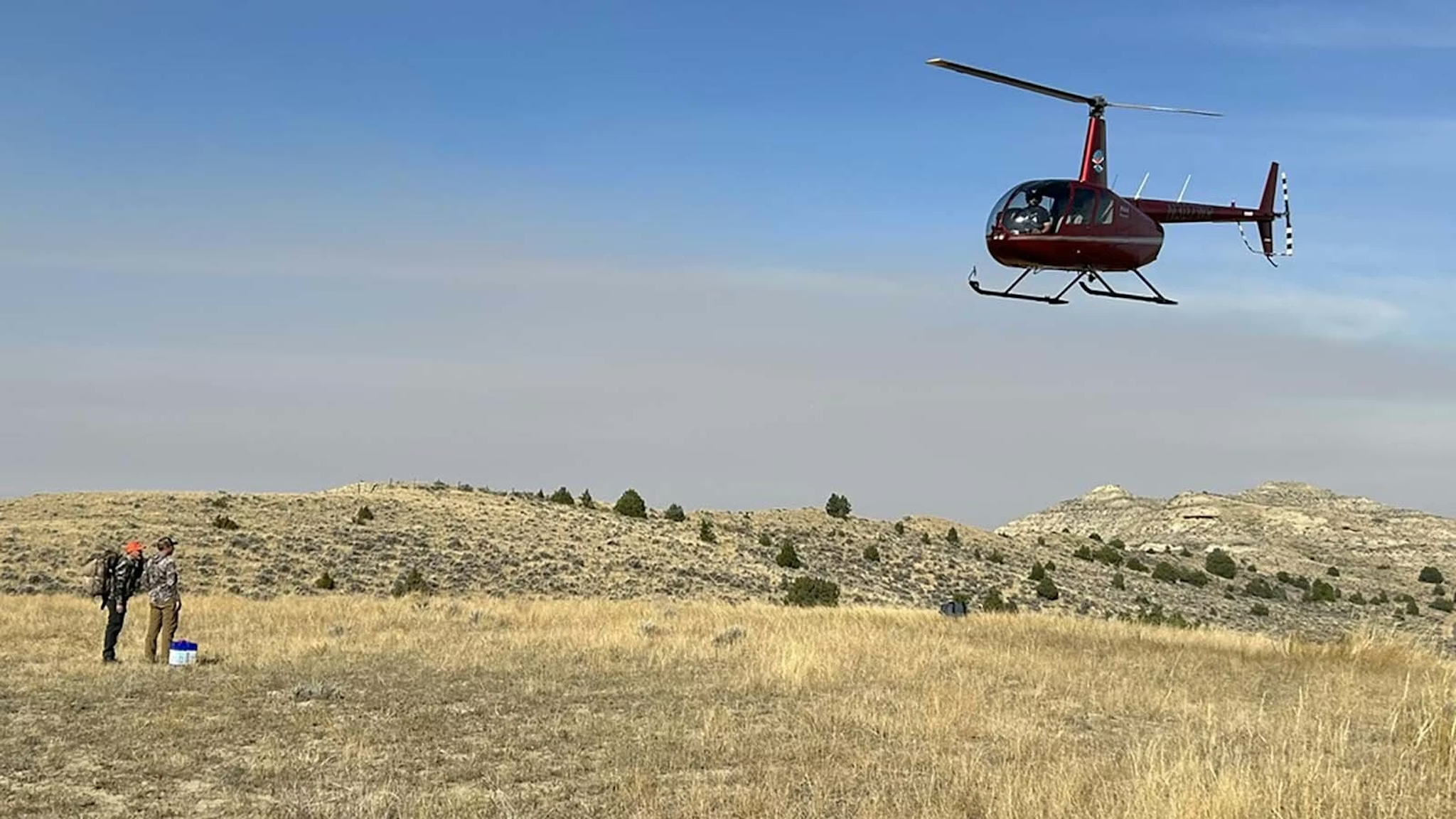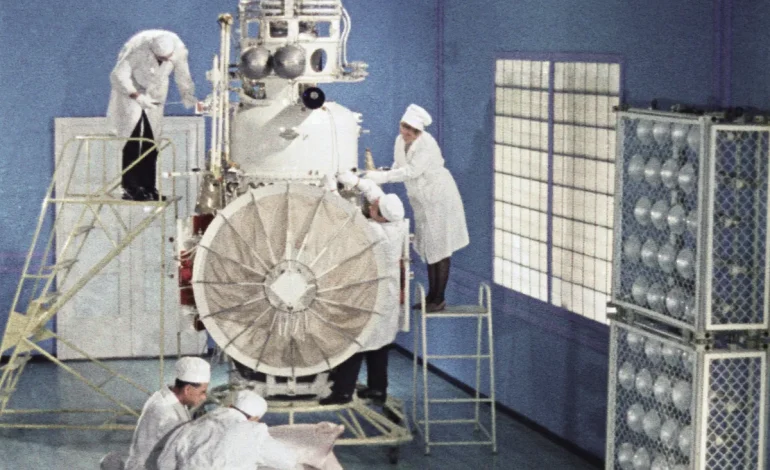An unusual and long-anticipated event is set to occur in early May: a failed Soviet Venus lander, stranded in Earth’s orbit for more than half a century, is expected to reenter the atmosphere in an uncontrolled descent, Space.com reports.
Launched in late March 1972, Cosmos 482 was part of the Soviet Union’s space exploration efforts targeting Venus. Intended as a sister mission to the successful Venera 8— which transmitted data from Venus’ surface for over 50 minutes—Cosmos 482 never made it out of Earth orbit due to a premature shutdown of its launch vehicle’s upper stage. As a result, the spacecraft has remained in low Earth orbit since then.
According to satellite tracker Marco Langbroek of the Netherlands, the spacecraft’s reentry is projected to occur around May 9–10. The descending object is specifically the Venus lander portion of Cosmos 482—a robust component engineered to survive the extreme heat and pressure of Venus’ atmosphere. Weighing approximately 495 kilograms (1,091 pounds), it was built with heavy-duty thermal shielding.
Because of its design, experts are closely watching whether any part of the lander might withstand Earth’s atmospheric reentry and reach the surface. Langbroek, working with colleague Dominic Dirkx, developed a reentry simulation using the TUDAT software toolkit at Delft Technical University. Their analysis suggests that if the object survives reentry, it could impact the Earth—or an ocean—with a velocity of roughly 145 miles per hour (about 65–70 meters per second).
While the exact reentry time and location remain uncertain, the object’s orbital inclination of 51.7 degrees means it could land anywhere between latitudes 52°N and 52°S. That broad swath includes much of the world’s populated regions.
Langbroek notes that the risk posed by Cosmos 482’s return is low, comparable to that of a small meteorite, but not entirely negligible.
Adding to the intrigue, the lander was originally equipped with a parachute system for descent through Venus’ dense atmosphere. However, after more than five decades in space, its functionality is doubtful. If it does survive reentry, it’s likely to strike the surface at high speed.










The latest news in your social feeds
Subscribe to our social media platforms to stay tuned